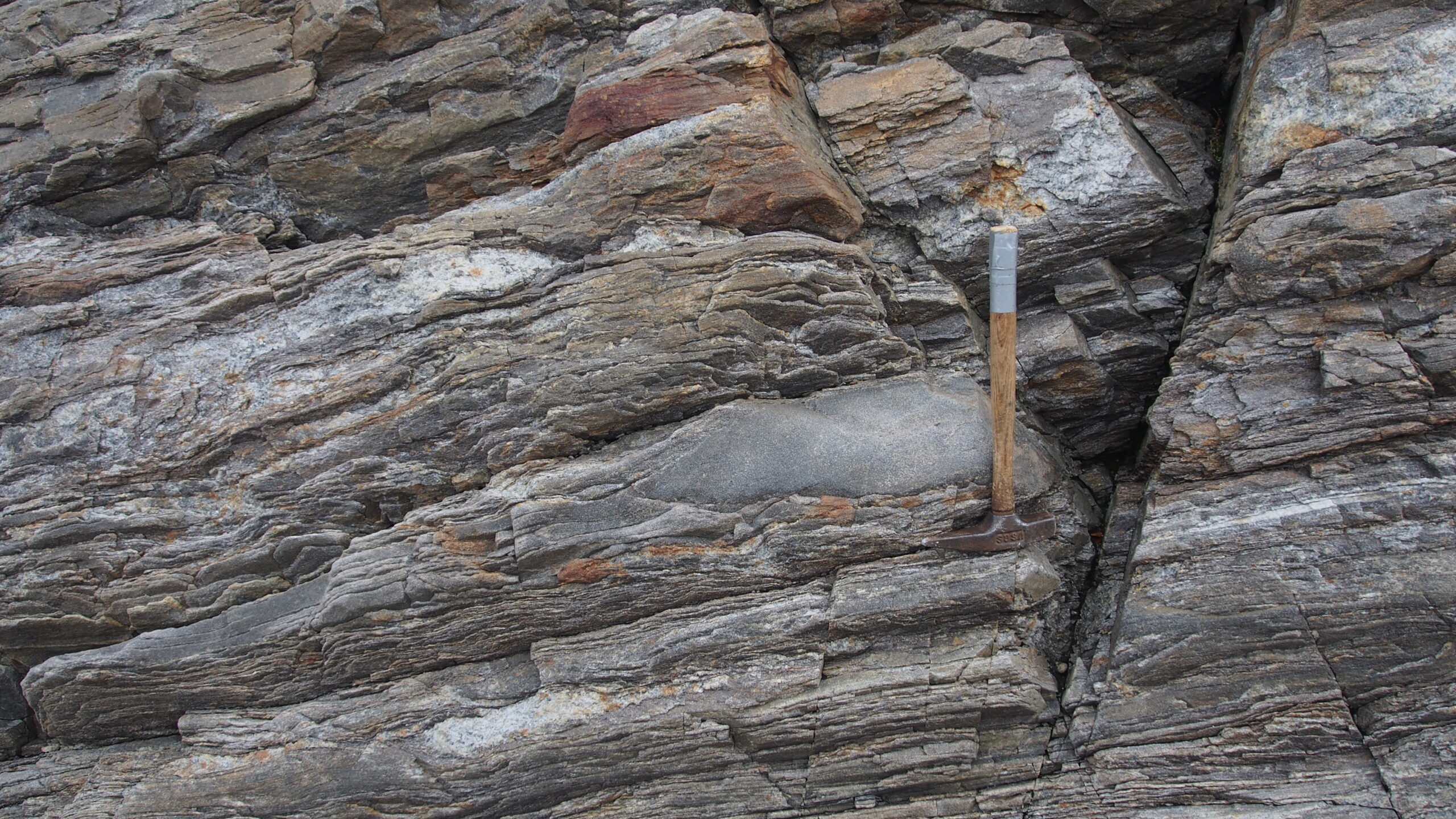But Whitehouse presented a third line of evidence to dispute the 3.95-billion-year date: isotopes of hafnium in the same zombie zircon crystals.
The technique relies on radioactive decay of lutetium-176 to hafnium-176. If the 2.8-billion-year age resulted from rejuvenation by later heating, it would have had to have formed from material with a hafnium isotope ratio incompatible with the isotope composition of the early Earth.
“They go to impossible numbers,” said Whitehouse.
The only way that the uranium-lead ratio can be compatible with the hafnium in the zircons, Whitehouse argued, is if the zircons that settled in the silt had crystallized around 2.8 billion years ago, constraining the organic carbon to being no older than that.
The new oldest remains of life on Earth, for now
If the Labrador carbon is no longer the oldest trace of life on Earth, then where are the oldest remains of life now?
For Whitehouse, it’s in the 3.77-billion-year-old Isua Greenstone Belt in Greenland: “I’m willing to believe that’s a well-documented age… that’s what I think is the best evidence for the oldest biogenicity that we have,” said Whitehouse.
O’Neil recently co-authored a paper on Earth’s oldest surviving crustal rocks, located next to Hudson Bay in Canada. He points there. “I would say it’s in the Nuvvuagittuq Greenstone belt,” said O’Neil, “because I would argue that these rocks are 4.3 billion years old. Again, not everybody agrees!” Intriguingly, the rocks he is referring to contain carbon with a possibly biological origin and are thought to be the remains of the kind of undersea vent where life could well have first emerged.
But the bigger picture is the fact that we have credible traces of life of this vintage—be it 3.8 or 3.9 or 4.3 billion years.
Any of those dates is remarkably early in the planet’s 4.6-billion-year life. It’s long before there was an oxygenated atmosphere, before continents emerged above sea level, and before plate tectonics got going. It’s also much older than the oldest microbial “stromatolite” fossils, which have been dated to about 3.48 billion years ago.
O’Neil thinks that once conditions on Earth were habitable, life would have emerged relatively fast: “To me, it’s not shocking, because the conditions were the same,” he said. “The Earth has the luxury of time… but biology is very quick. So if all the conditions were there by 4.3 billion years old, why would biology wait 500 million years to start?”

